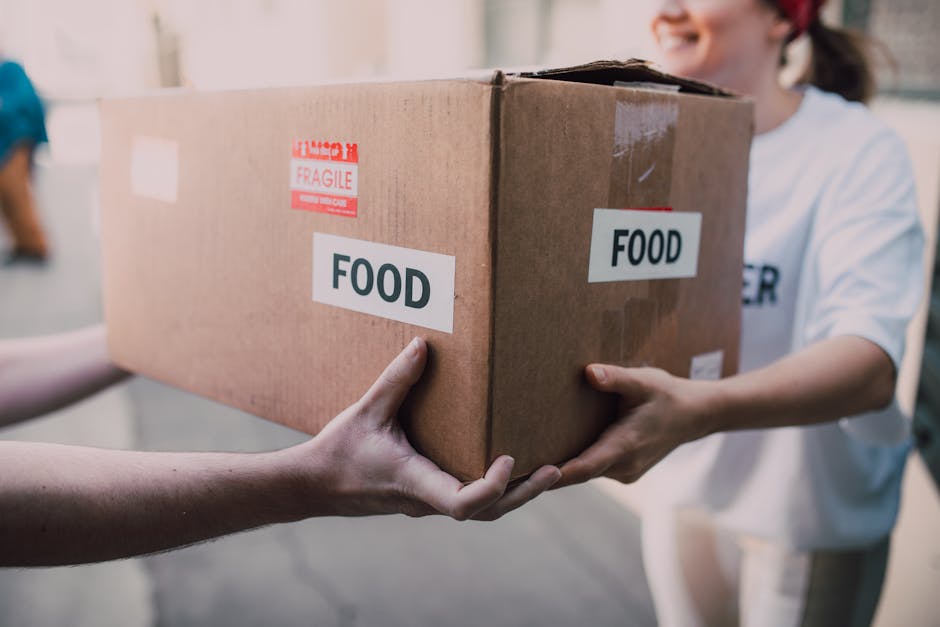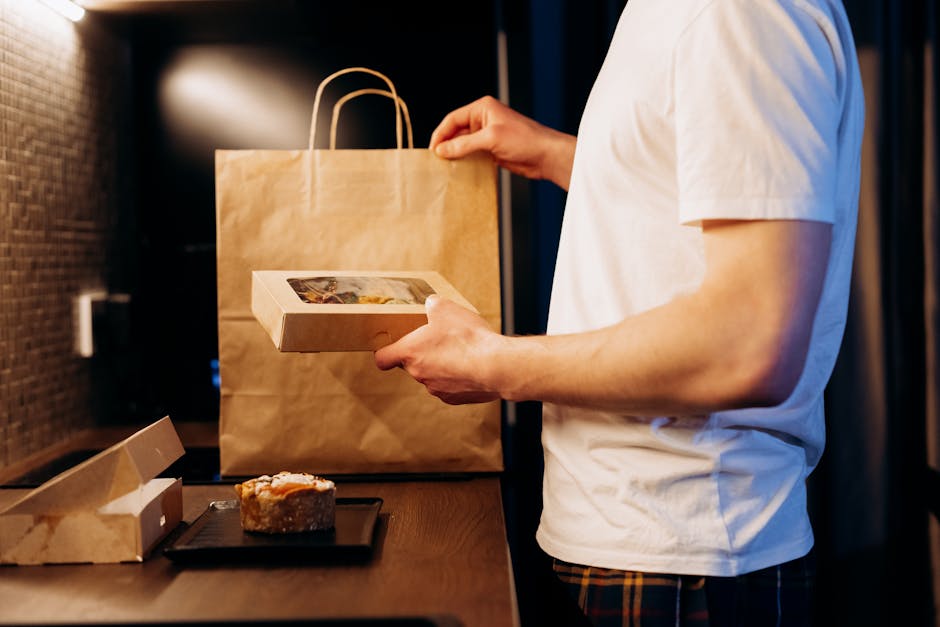Why Food Delivery Apps are Trending More Than Ever Before!

Food delivery apps have rapidly gained popularity in recent years, becoming an integral part of daily life for many people. This trend is driven by various factors, including technological advancements, changing consumer behaviors, and the impact of global events such as the COVID-19 pandemic. These apps offer convenience, a wide range of food options, and seamless user experiences, making them an attractive choice for consumers.
Technological Advancements
The growth of food delivery apps is closely linked to advancements in technology. The widespread use of smartphones and high-speed internet has made it easier for consumers to access these services. Mobile app development has also improved significantly, providing users with intuitive and user-friendly interfaces that enhance their ordering experience.
Moreover, the integration of GPS technology allows users to track their orders in real-time. This feature not only provides transparency but also improves customer satisfaction by reducing uncertainty about delivery times. Additionally, payment gateways have become more secure and diverse, offering multiple payment options such as credit cards, digital wallets, and even cryptocurrencies.
Another technological factor contributing to this trend is the use of artificial intelligence (AI) and machine learning. These technologies help apps provide personalized recommendations based on users' past orders and preferences. AI also aids in optimizing delivery routes and managing inventory for partner restaurants.
Changing Consumer Behaviors
Consumer behavior has shifted significantly over the past decade, with a growing preference for convenience and time-saving solutions. Busy lifestyles and longer working hours leave less time for cooking at home, making food delivery apps an appealing alternative.
Younger generations, particularly millennials and Gen Z, are driving this change. They are more tech-savvy and open to using digital platforms for their daily needs. The social aspect of food delivery apps also plays a role, as these platforms often include features that allow users to share their experiences and reviews with friends.
Health consciousness is another factor influencing consumer choices. Many food delivery apps now offer a variety of healthy options, catering to different dietary preferences and restrictions. This aligns with the increasing demand for organic, gluten-free, and plant-based meals.
Impact of the COVID-19 Pandemic
The COVID-19 pandemic has had a profound impact on the food delivery industry. Lockdowns and social distancing measures forced many restaurants to pivot to delivery services to stay afloat. As a result, food delivery apps experienced a surge in demand.
This shift was not just temporary; it has led to long-term changes in consumer habits. Many people who started using these services during the pandemic have continued to do so even after restrictions were lifted. The convenience of having meals delivered to their doorstep became a habit that they found hard to give up.
The pandemic also accelerated innovation within the industry. Contactless delivery options were introduced to ensure safety, and many apps expanded their services to include groceries and essential items, further increasing their utility for consumers.
Wide Range of Food Options
One of the main attractions of food delivery apps is the vast array of food choices available at users' fingertips. From local eateries to international cuisines, these platforms provide access to a diverse range of dining options that cater to various tastes and preferences.
- Local Favorites: Support small businesses by ordering from neighborhood restaurants.
- International Cuisines: Experience flavors from around the world without leaving home.
- Specialty Diets: Options for vegan, vegetarian, gluten-free, and other dietary needs.
This diversity not only satisfies culinary cravings but also allows consumers to explore new cuisines they might not have tried otherwise. It also supports local economies by providing visibility to smaller establishments that might not have their own delivery infrastructure.
User Experience and Customer Satisfaction
User experience is a critical factor in the success of food delivery apps. Companies invest heavily in ensuring their platforms are easy to navigate and visually appealing. Features such as order customization, special deals, loyalty programs, and customer support enhance overall satisfaction.
| Feature | Benefit |
|---|---|
| Order Customization | Cater to individual preferences and dietary restrictions. |
| Special Deals | Attract new users and retain existing ones with discounts and offers. |
| Loyalty Programs | Encourage repeat business through rewards points or membership benefits. |
| Customer Support | Resolve issues quickly and maintain user trust. |
The rise in popularity of food delivery apps is fueled by technological advancements, changing consumer behaviors, the impact of global events like the COVID-19 pandemic, a wide range of food options, and a strong focus on user experience and customer satisfaction. As these factors continue to evolve (not permitted), it’s likely that food delivery services will remain an integral part of modern life. For more information on this topic visit New York Times.
